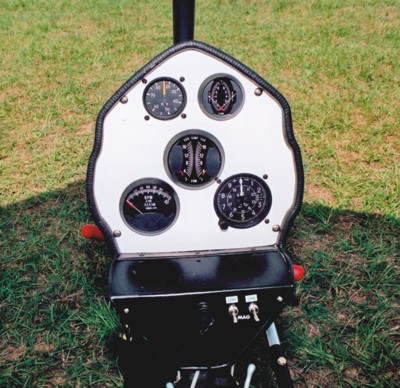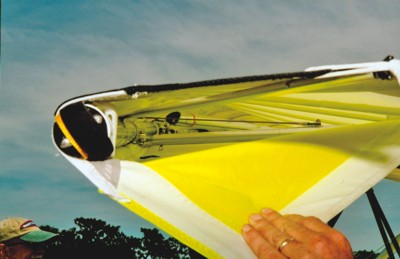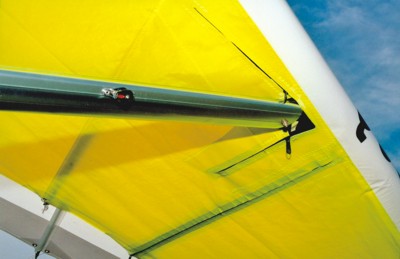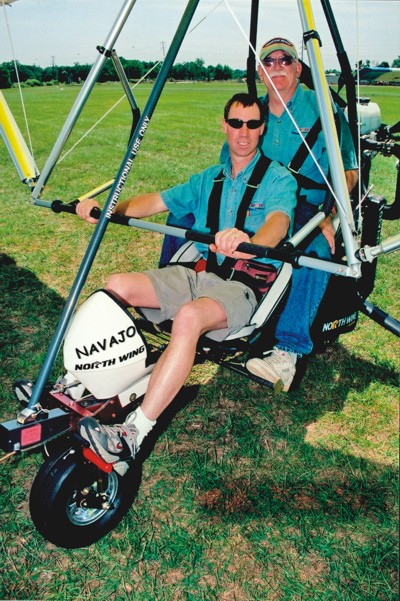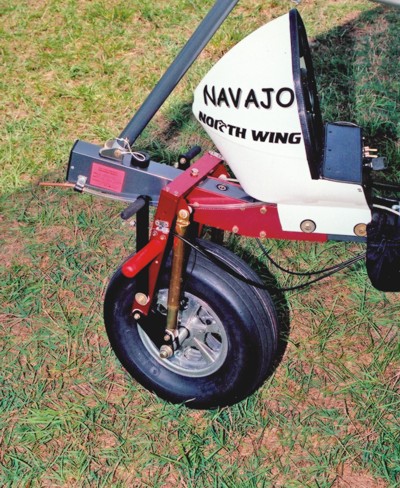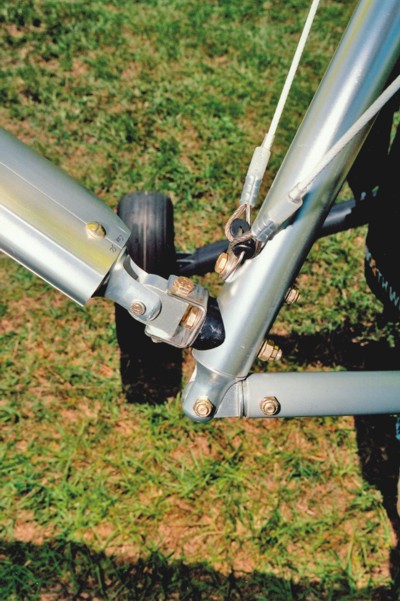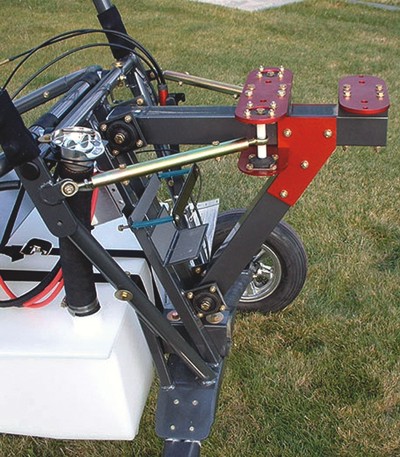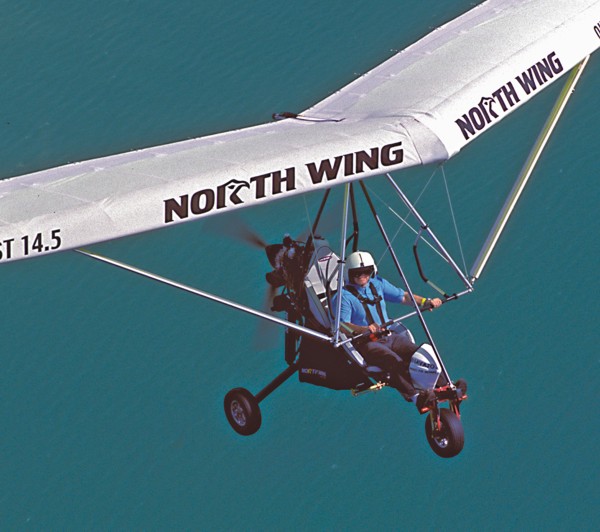
A couple of years ago, TC’s Trikes owner TC Blyth and North Wing owner Kamron Blevins joined forces in a cooperative arrangement. TC’s Trikes would buy wings from North Wing (rather than continue to make their own), and could better represent North Wing on the Eastern Seaboard. North Wing, headquartered in the northwestern state of Washington, is far from TC’s Trikes’ Tennessee home. It seemed a marriage of convenience and more. Blyth has been particularly active in training and introductory flight lessons. He’s done many thousands of them at his location near a top Tennessee tourist and outdoorsmen attraction – the Ocoee River, popular for white water rafting, kayaking, and other sports. Blyth has been focused on meeting this need with his own brand of trikes, and all his experience gave him something clear and viable to add to the expertise of North Wing. North Wing has risen to the top of the U.S.



